


Books in series

For René Girard
Essays in Friendship and in Truth
2009

The Sacrifice of Socrates
Athens, Plato, Girard
2012

A Refuge of Lies
Reflections on Faith and Fiction
2013

The Head Beneath the Altar
Hindu Mythology and the Critique of Sacrifice
2014

The Prophetic Law
Essays in Judaism, Girardianism, Literary Studies, and the Ethical
2014

Intimate Domain
Desire, Trauma, and Mimetic Theory
2014

The Ambivalence of Scarcity and Other Essays
2014
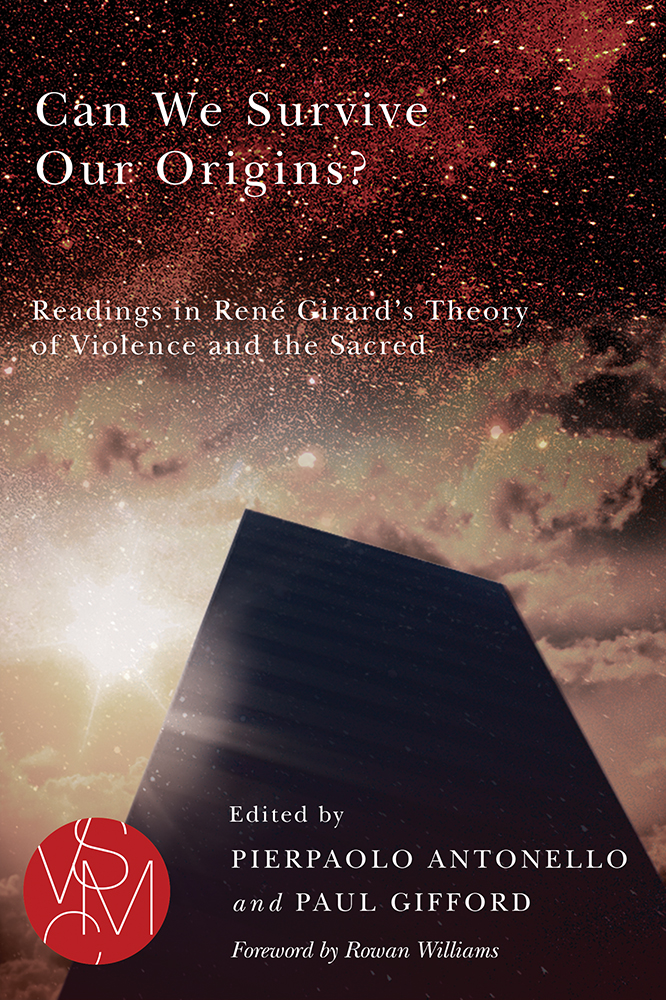
Can We Survive Our Origins?
Readings in René Girard's Theory of Violence and the Sacred
2015
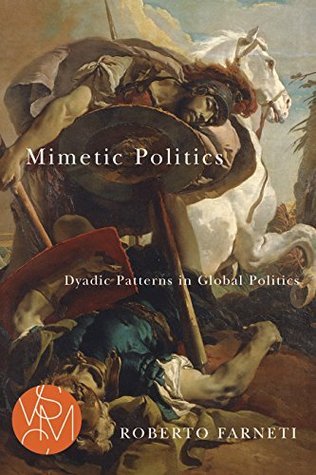
Mimetic Politics
Dyadic Patterns in Global Politics
2015

Mimesis, Desire, and the Novel
Rene Girard and Literary Criticism
2015

How We Became Human
Mimetic Theory and the Science of Evolutionary Origins
2015

Machado de Assis
Por uma Poética da Emulação
2013
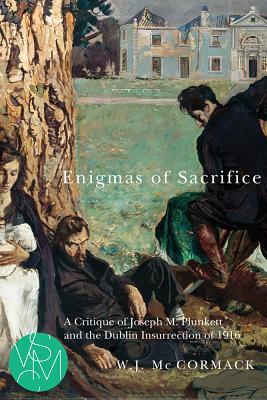
Enigmas of Sacrifice
A Critique of Joseph M. Plunkett and the Dublin Insurrection of 1916
2016
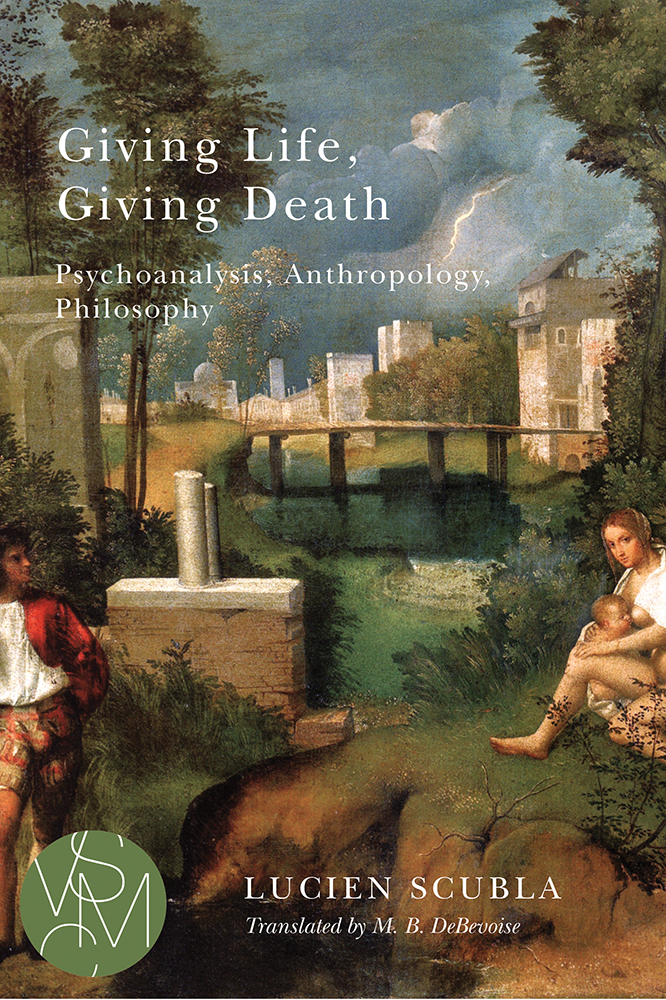
Giving Life, Giving Death
Psychoanalysis, Anthropology, Philosophy
2016
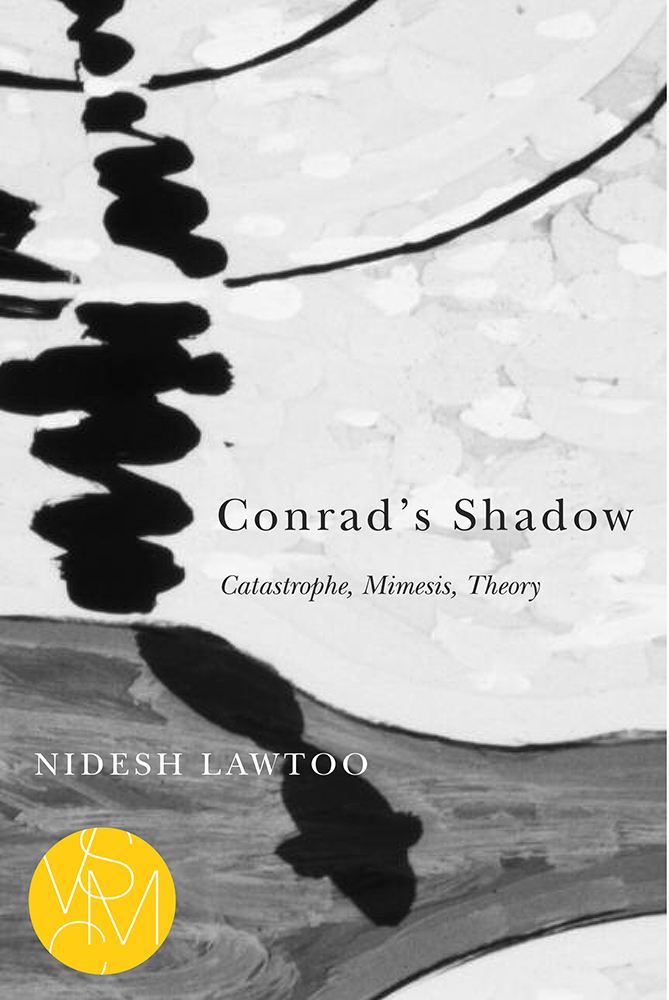
Conrad's Shadow
Catastrophe, Mimesis, Theory
2016
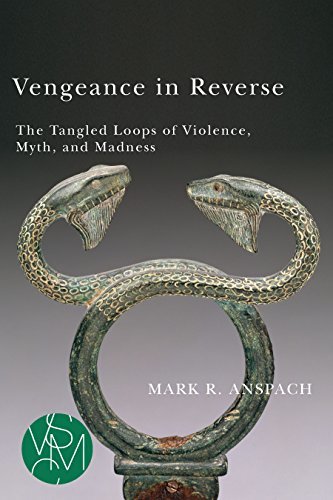
Vengeance in Reverse
The Tangled Loops of Violence, Myth, and Madness
2017

Mimetic Theory and World Religions
2017
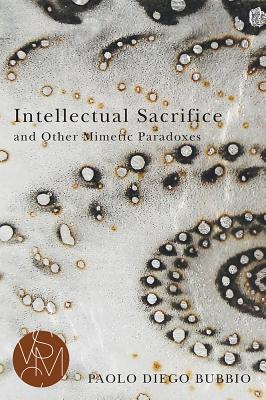
Intellectual Sacrifice and Other Mimetic Paradoxes
2018
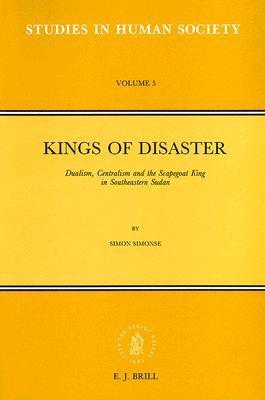
Kings of Disaster
Dualism, Centralism and the Scapegoat King in Southeastern Sudan
1992
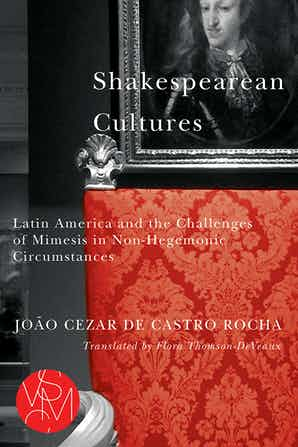
Shakespearean Cultures
Latin America and the Challenges of Mimesis in Non-Hegemonic Circumstances
2019
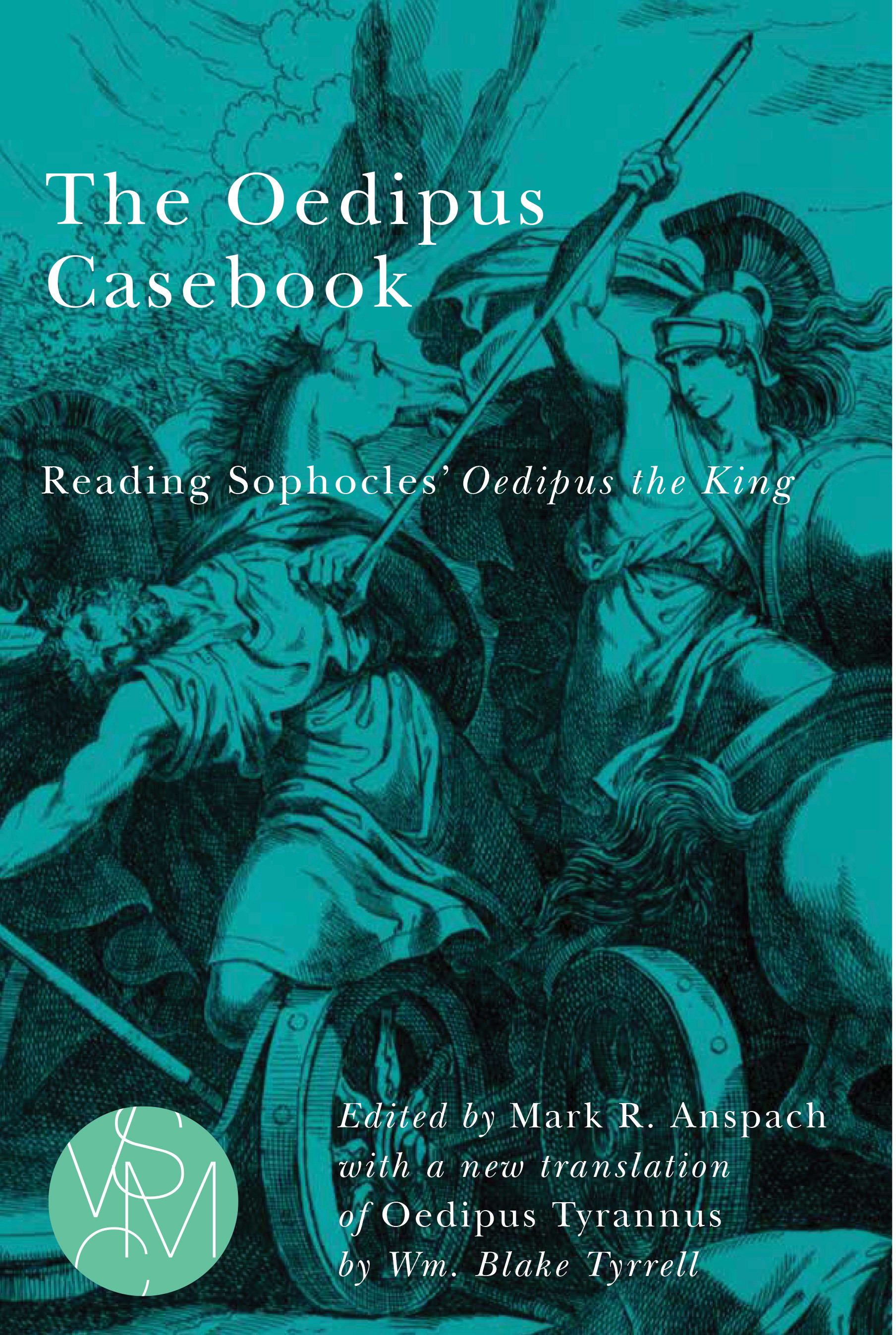
The Oedipus Casebook
Reading Sophocles' Oedipus the King
2020

Oedipus; or, The Legend of a Conqueror
2020
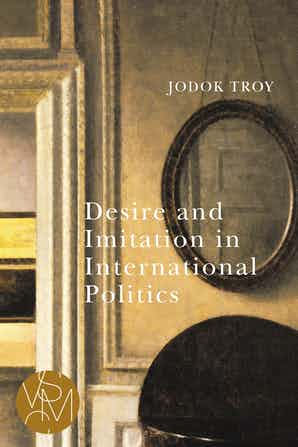
Desire and Imitation in International Politics
2021

Philosophy's Violent Sacred
Heidegger and Nietzsche through Mimetic Theory
2021
